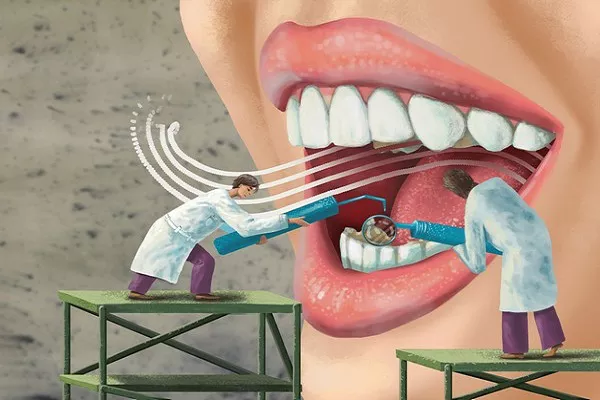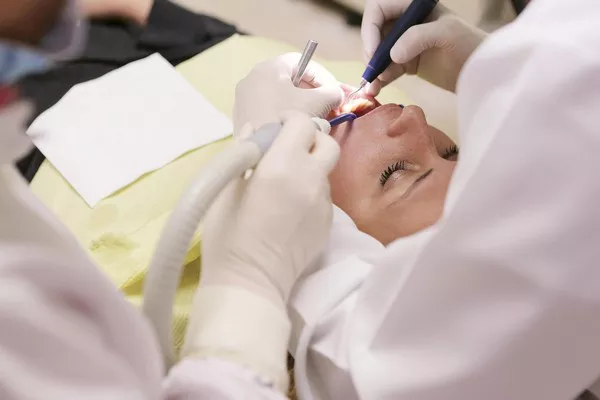Cigarette smoking is known to have a range of adverse effects on health, impacting not only the lungs and respiratory system but also various aspects of overall well-being. Among the many negative consequences of smoking is the discoloration of teeth. The yellowing of teeth is a common concern among smokers and can significantly affect one’s appearance and self-confidence. In this article, we delve into the science behind why cigarettes cause teeth to turn yellow, the specific compounds responsible for this discoloration, and the importance of quitting smoking for maintaining oral health and a bright smile.
The Science Behind Tooth Discoloration
To understand why smoking leads to tooth discoloration, it’s essential to grasp the interaction between the compounds found in cigarettes and the enamel, which is the outermost layer of teeth. Enamel is the hardest substance in the human body and protects teeth from wear and tear. However, it is susceptible to staining from the chemicals present in tobacco products.
Compounds in Cigarettes Responsible for Tooth Discoloration
Tar: Tar is a sticky substance that results from burning tobacco. It contains numerous chemical compounds that are known to adhere to surfaces, including teeth. When a person smokes, the tar in the cigarette smoke comes into contact with the teeth, leading to gradual staining.
Nicotine: Nicotine is the addictive component of tobacco. While it doesn’t directly cause teeth discoloration, it can contribute to the staining process. Nicotine is colorless, but when it combines with oxygen, it can turn yellow or brown over time.
Particulate Matter: Cigarette smoke contains tiny particles suspended in the air. These particles can settle on teeth’s surfaces, creating a conducive environment for stains to form.
Chemical Reactions: The heat generated by smoking can cause chemical reactions between the compounds in tobacco smoke and the enamel. This can result in the formation of complex molecules that adhere to teeth, leading to yellowing.
Formation of Stains
As smokers inhale and exhale, the compounds from cigarette smoke come into contact with teeth’s enamel. Over time, these compounds can penetrate the porous enamel and become embedded within it. The accumulation of tar, nicotine, and other substances on the enamel’s surface can lead to the gradual development of stains. These stains can range in color from yellow to brown and can become more pronounced with continued smoking.
Importance of Quitting Smoking for Oral Health
The yellowing of teeth is just one of the many oral health issues associated with smoking. Smoking can also contribute to gum disease, bad breath, oral cancer, and a decreased ability to heal after dental procedures. Quitting smoking is a critical step in preserving oral health and preventing further damage to teeth and gums.
Benefits of Quitting
Preventing Further Staining: Once smoking is ceased, the teeth are less exposed to the compounds responsible for staining. This can lead to a reduction in the intensity of tooth discoloration over time.
Improved Oral Hygiene: Quitting smoking can motivate individuals to adopt healthier oral hygiene habits, including regular brushing, flossing, and dental check-ups. Improved oral hygiene can contribute to better oral health and a brighter smile.
Reduced Risk of Gum Disease: Smoking compromises the body’s ability to fight infections, including gum disease. Quitting smoking can help reduce the risk of gum disease and improve overall gum health.
Enhanced Appearance: A smoke-free lifestyle not only benefits oral health but also has positive effects on physical appearance. Teeth can gradually regain their natural brightness, contributing to a more attractive smile.
Professional Teeth Whitening
For those who have quit smoking and wish to accelerate the process of reducing teeth discoloration, professional teeth whitening treatments can be considered. Dentists can provide various whitening options, such as in-office treatments or take-home kits, to help patients achieve a whiter smile.
Conclusion
The yellowing of teeth caused by smoking is a visible reminder of the harmful effects of tobacco on oral health. The compounds present in cigarettes, including tar and nicotine, gradually stain the enamel, leading to a noticeable change in tooth color. Understanding the science behind tooth discoloration due to smoking emphasizes the importance of quitting for maintaining oral health and a brighter smile. Quitting smoking not only prevents further staining but also reduces the risk of gum disease, oral cancer, and other oral health issues associated with tobacco use. Embracing a smoke-free lifestyle is a significant step toward preserving the natural beauty of teeth and promoting overall well-being.
Related Topics:





























